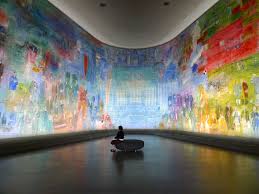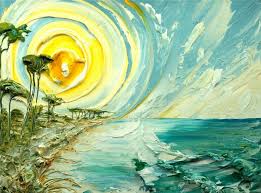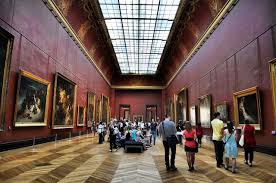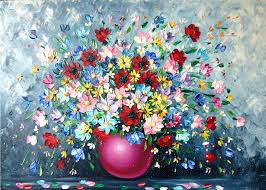phenomenon
RUSSIAN Vanguard. MAIN DIRECTIONS (part 3)
 Abstractionism (abstract art).
Abstractionism (abstract art).
The main theorists and practitioners were V. Kandinsky, P. Mondrian. Abstractionism rejected the image of forms of visually perceived reality, from isomorphism and focused solely on the expressive, associative, synesthetic properties of color, non-isomorphic abstract color forms and their innumerable combinations. The first abstract works were created in 1910 by Kandinsky. He set forth the aesthetic creed of abstract art in his book On the Spiritual in Art (1910) and in a number of other books and articles. Its essence boils down to the fact that the rejection of the image of external, visible forms of objects allows the artist to focus on solving exclusively pictorial problems of harmonizing color and form, through which the spiritual cosmos comes into contact with the recipient. Continue reading
HISTORY OF THE ORIGIN AND DEVELOPMENT OF MONUMENTAL PAINTING (part 1)
 FRESCO
FRESCO
It is customary to divide the painting into easel and monumental. To easel painting is one that is made with oil paints on canvas, cardboard or other solid material. As a rule, it has not so impressive dimensions, is performed on an easel and is able to wander around exhibitions, museums, and the interiors of owners. Monumental painting is another matter. It is rigidly attached to the architectural surface, often has gigantic dimensions and the technology of execution has its own characteristics. There are many diverse techniques of monumental painting, but we intend to tell you only about three of them. This is a fresco, mosaic and stained glass. Continue reading




